Affiliate links on Android Authority may earn us a commission. Learn more.
Did you know: Samsung makes a lot of money from iPhones
December 13, 2024
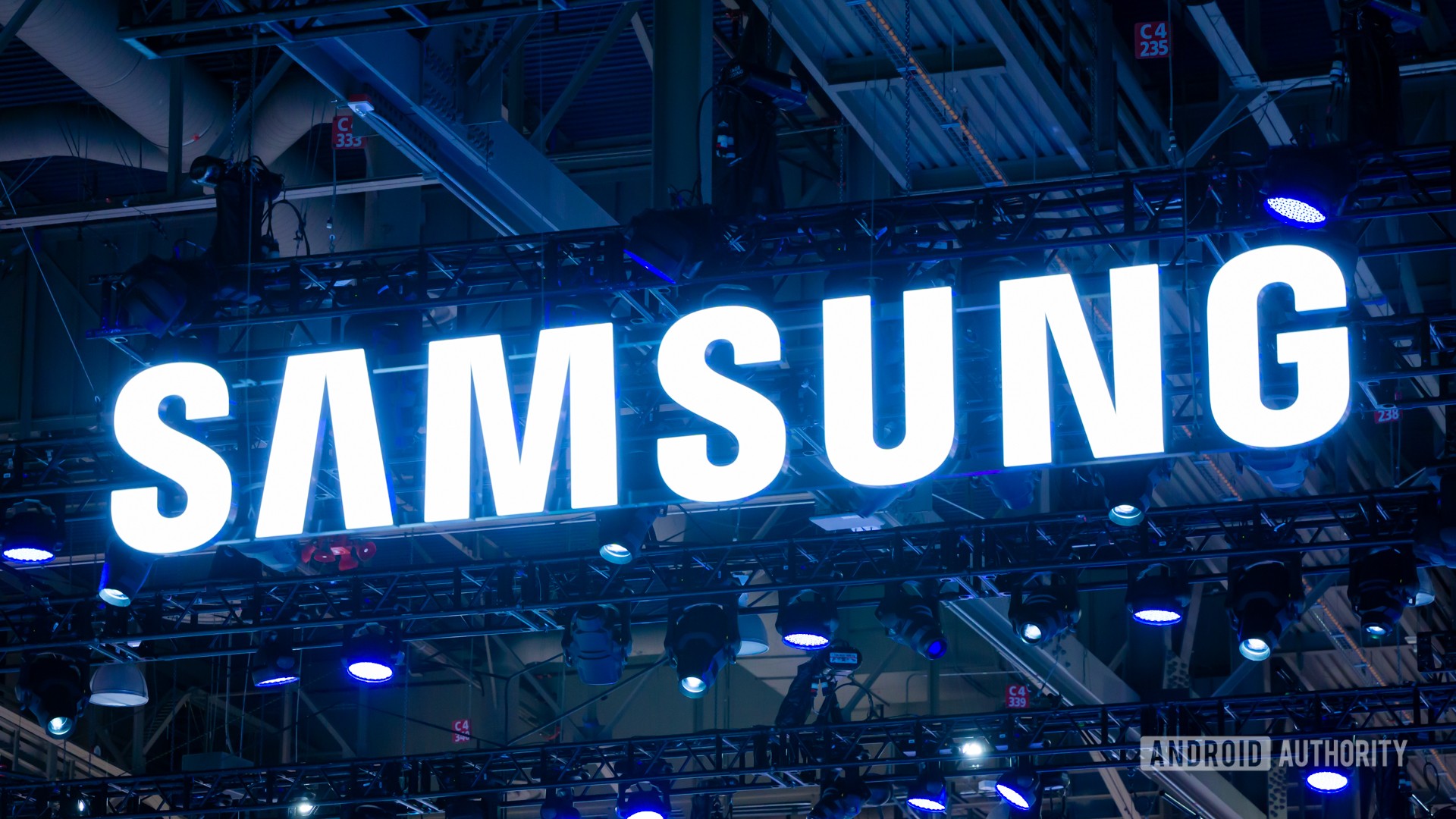
Samsung and Apple are often seen as the Hatfields and McCoys of the tech world, engaged in a perpetual feud for market dominance. Their rivalry has led them to courtrooms more times than a high-profile divorcee. But beneath the surface of this seemingly eternal grudge lies a surprising truth: Samsung and Apple, despite their public brawls, have been business partners for years. Samsung plays a crucial role in manufacturing many of Apple’s flagship products and earns billions of dollars off this partnership.
A profitable business partnership
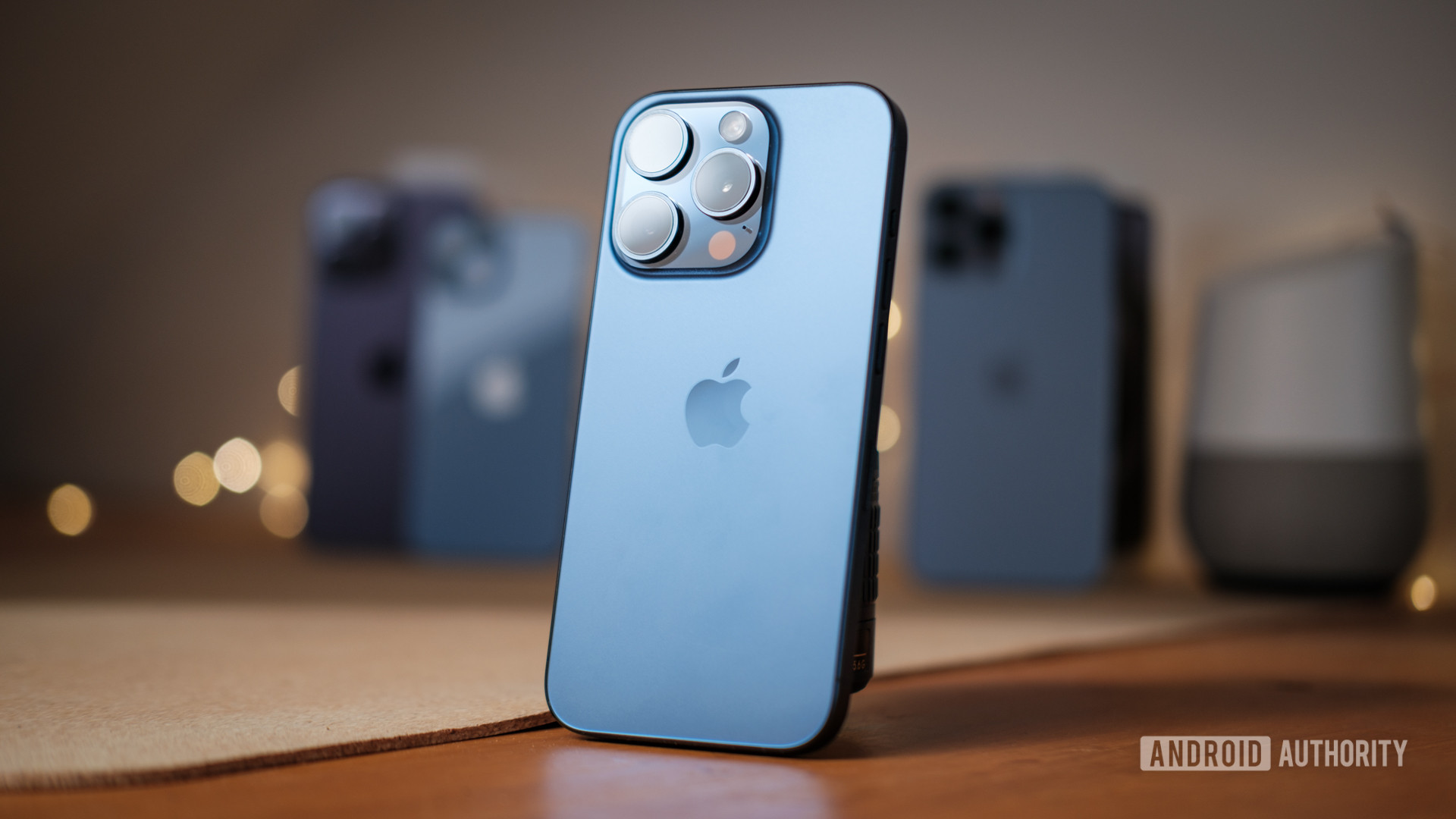
The seamless blend of software and hardware on your iPhone might lead you to believe that Apple makes every nut and bolt of the device, but that’s not the case. While Apple designs its products, others build them.
Apple’s supplier list reveals a juicy detail: its arch-rival, Samsung, is a crucial partner. Samsung isn’t just about flashy phones and big TVs. Its subsidiaries provide iPhone parts, with the major one being Samsung Electronics, which supplies OLED panels that make the iPhone screen pop.
Samsung has been the primary OLED screen supplier for Apple since the iPhone 4. This is still the case, as the tech giant makes most of the iPhone 16’s displays alongside LG. This was also the case with the iPhone 15 series, with Samsung the only company making OLED panels for all four models.
Samsung earned more from the iPhone X than the Galaxy S8
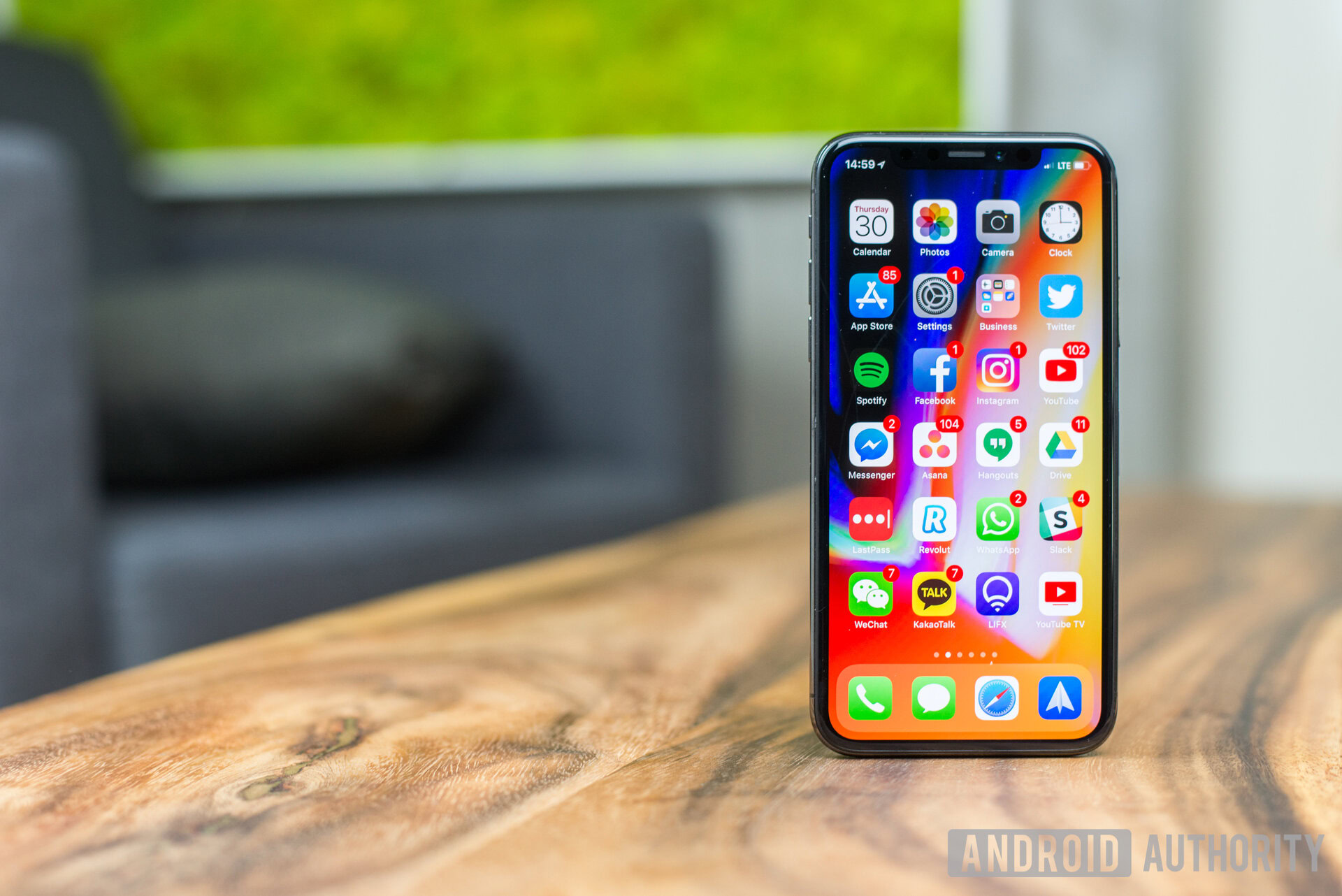
To give you an idea of just how lucrative this partnership is for Samsung, let’s go back in time. In 2017, Samsung raked in more cash from the iPhone X than the Galaxy S8, its flagship device for that year. Wall Street Journal reports that Samsung sold Apple a staggering 180 to 200 million OLED panels for the iPhone X, lining its pockets with more revenue than it earned from its flagship phone.
This strange bedfellow scenario was made possible by Samsung’s mastery of OLED displays, NAND flash, and DRAM chips, components that Apple simply couldn’t get enough of for its lucrative iPhone lineup. Also, Samsung was, and remains, the only company that can meet Apple’s demand for these critical parts.
This symbiotic relationship underscores the paradoxical nature of the tech world, where bitter rivals like Apple and Samsung are each other’s biggest customers and suppliers.
A close end to this relationship?
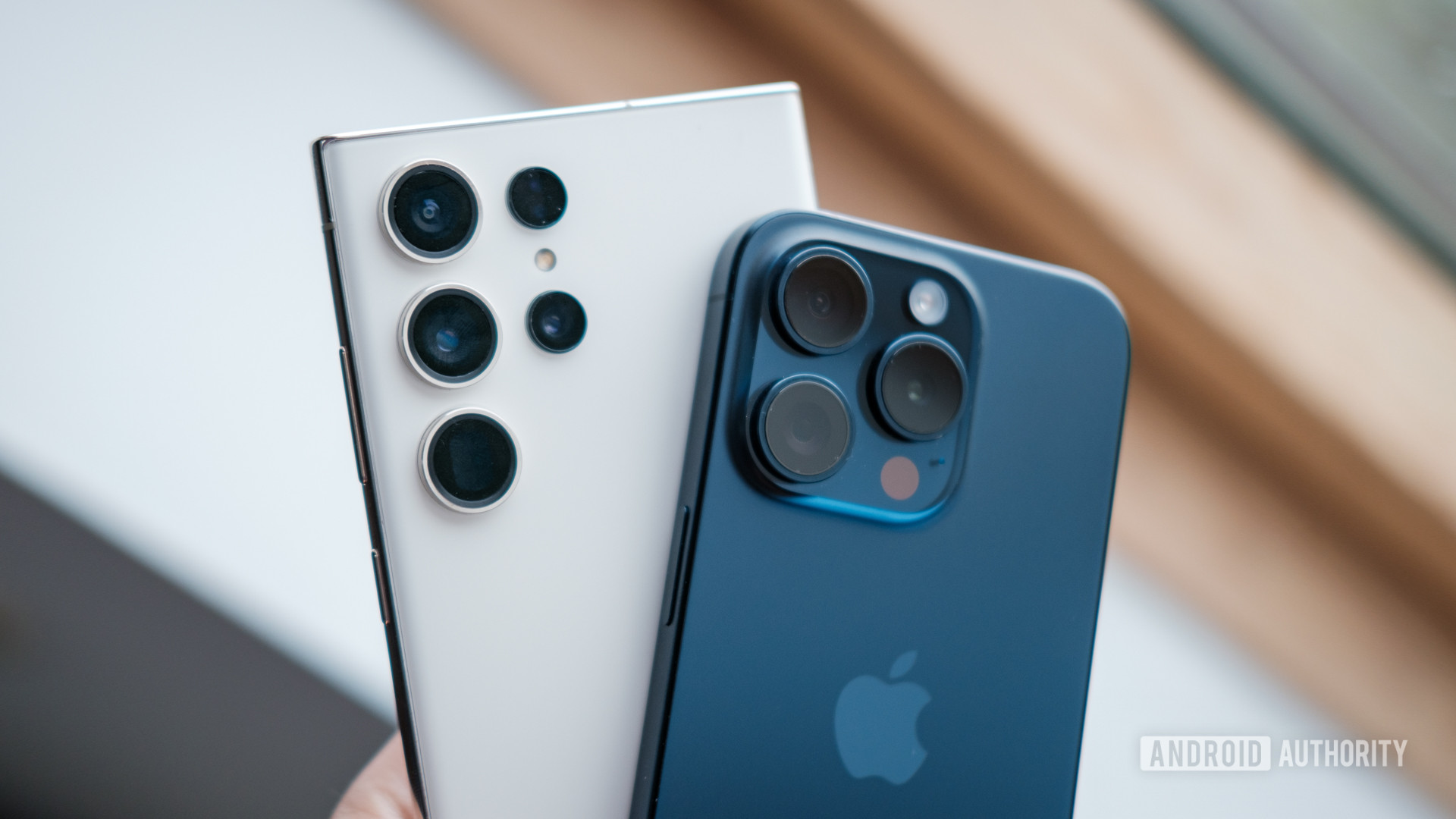
In the tech world, partnerships can be as fickle as spring weather. Samsung and Apple, despite their public rivalry, have quietly cozied up in a business relationship that has benefited both for years. Apple gets the cutting-edge components it needs for its flagship devices and Samsung earns hefty sums of money that help it stay at the pinnacle of technology.
However, this seemingly symbiotic relationship may be nearing its end. Although Apple has not made any official statements, Bloomberg reports that the tech giant plans to switch to MicroLED panels — starting with the Apple Watch and then the iPhone — which would be designed in-house. If successful, this would cut off a major revenue stream for Samsung.
As Apple sets its sights on greater control over its hardware components, Samsung may find itself in a precarious position, facing the prospect of losing its biggest client and struggling to maintain its position in a rapidly evolving market.
While Samsung does supply components for Pixel devices, the revenue from Google is but a drop in the bucket compared to what Apple pours into Samsung’s coffers. The quicker Apple makes a move, the more Samsung must scramble to avoid financial bruising.
Who else benefits from Samsung?
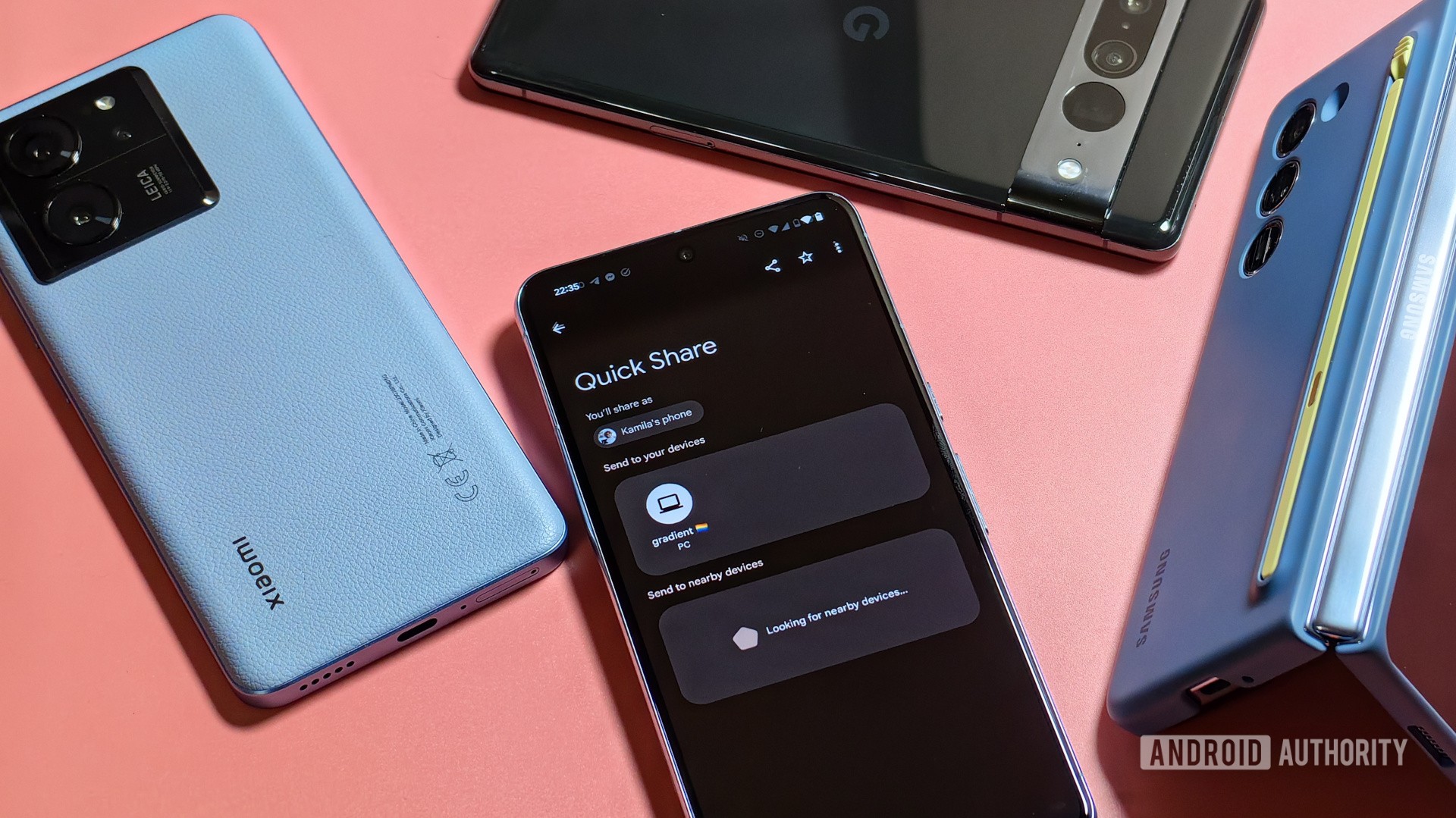
Everything in the tech industry operates on a massive scale. Some companies, for example, make a living by selling production processes — not even finished products! That’s because an efficient process saves both time and money.
Companies invest heavily in designing their smartphone hardware and software to create unique and appealing products for their target markets. However, this complexity comes at a cost. The various components that go into making a phone require different boards and chips, each needing its own set of manufacturing equipment and processes — a significant expense for many manufacturers.
Fortunately, there are companies that specialize in manufacturing chips and boards, having already made investments in tools and processes to produce quality products at a low cost and with a quick turnaround time. These are the companies that Apple and other smartphone makers turn to when designing a new device, and Samsung is one of them.
While Apple might be Samsung’s most prominent partner, the Korean tech giant’s reach extends far beyond the iPhone maker. Several other major players in the smartphone market also rely on Samsung for crucial components.
- Displays: Samsung Display, a subsidiary of Samsung Electronics, supplies displays for its own devices, alongside other manufacturers like Apple, Xiaomi, OnePlus, OPPO, ZTE, and Hisense.
- Processors: Samsung’s Exynos processors power Samsung Galaxy series devices sold in various regions and phones of manufacturers like Google, vivo, and Xiaomi.
- Cameras: Samsung cameras are found in Galaxy, Xiaomi, vivo, ZTE, Google, and TECNO smartphones.
- Memory chips: Samsung’s prowess in memory chips and RAM modules extends to Apple, Google, and Xiaomi.
- Batteries: Samsung is a major player in the smartphone battery market, alongside LG and Amperex Technology.
Samsung’s influence in the smartphone world is felt far and wide, making it a key player in the success of many tech companies. Regardless of the brand, if you dismantled your phone right now, you’d likely find a Samsung component inside.